Healthy pregnancy: your third trimester guide
Understand the final milestones of prenatal development, as well as how to prepare for delivery.
Updated on March 19, 2024

You’re in the last three months of pregnancy, but there’s still plenty of growing to do. Get the facts on the third trimester, including how your body is preparing for delivery.
If you have what’s considered a high-risk pregnancy—because you are older than 35, have a history of preeclampsia )a pregnancy complication that causes high blood pressure, protein in the urine, and fluid retention), or have conditions such as diabetes, obesity, or high blood pressure—you’ll probably have seen a maternal-fetal medicine (MFM) specialist in addition to your regular healthcare provider (HCP).

Size at 28 Weeks: Large Eggplant
Key developments: Eyelashes have formed and the eyelids can begin to open. Meanwhile, the central nervous system (brain and spinal cord) has begun to direct crucial functions, such as steady breathing and body temperature.
What you need to know: You’ll want to visit your HCP every two weeks (or more often if your pregnancy is considered high-risk). Your HCP can probably tell if the fetus is positioned head- or feet-first. If your fetus is in a breech (bottom down) position right now, this position is likely to change in the next couple of months.
That burst of energy you experienced in the second trimester may disappear now that you’re in the third trimester. “You’re getting bigger and probably uncomfortable,” says Mindy Luck, MD, an OBGYN with Trinity Park Surgery Center in Arlington, Texas.
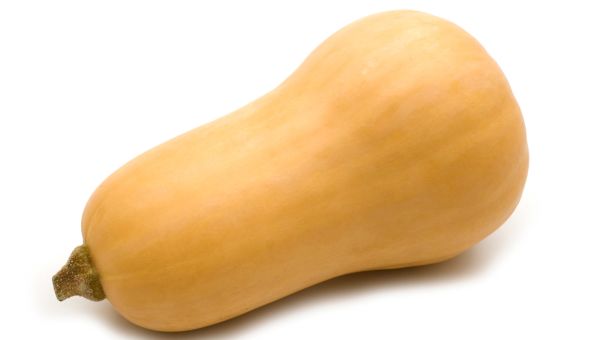
Size at 29 Weeks: Butternut Squash
Key developments: The fetus continues to be very active, stretching, grasping, and kicking. Make sure you’re eating plenty of healthy foods rich in protein, calcium, folic acid, and vitamins to help fuel that activity.
What you need to know: You may experience constipation, heartburn, and hemorrhoids (swelling of blood vessels around the anus and rectum) this trimester. Eat lots of fiber-rich foods to keep your bowels moving and avoid or limit spicy and greasy foods to reduce your risk of heartburn.
It’s a good idea to sign up for a birthing class if you haven’t taken one before, says Dr. Luck. Try to start no later than 34 to 36 weeks, so that you complete all the classes before delivery.
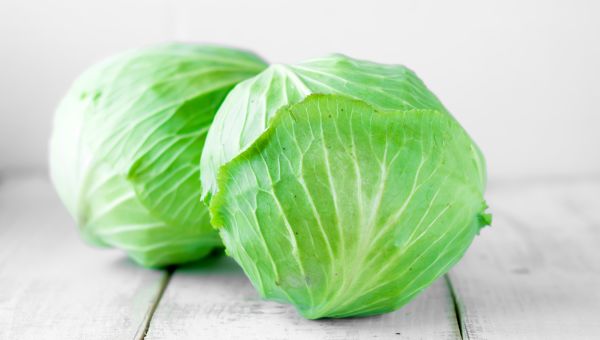
Size at 30 Weeks: Large Cabbage
Key developments: The fetus’ eyes can open wide and begin to focus. Lanugo—the fine, furry hair that covers the fetus’ body—will start to disappear, to be replaced be more substantial hair on the head.
What you need to know: Your feet may increase in shoe size. That's because during pregnancy ligaments often soften due to hormone changes, causing your feet to spread out, sometimes permanently.
You’ll gain most of your weight during the third trimester. “It’s typical to gain about a pound a week during these last 12 weeks,” Luck says.

Size at 31 Weeks: Coconut
Key developments: The fetus is growing rapidly and moving a lot more these days, too. You may be feeling lots of wiggles and kicks.
What you need to know: Colostrum, or pre-milk, may leak from your breasts. If it doesn’t, your body is still making it even if you don’t see it.
You can also start counting kicks. “Babies that are healthy and happy are active, and babies that are sick don’t move very much or at all,” explains Luck. Count kicks a couple hours after dinner and if it’s fewer than 10 kicks over the course of two hours, call your HCP, she says. Note that the position of your fetus or placenta (the organ that develops inside the uterus during pregnancy to support and nourish the fetus) may affect your ability to feel movement. Check with your HCP, either way.
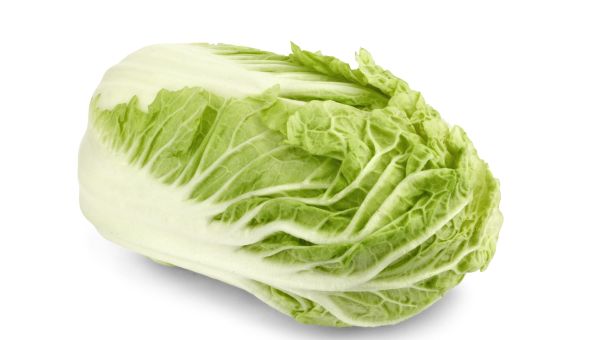
Size at 32 Weeks: Napa Cabbage
Key developments: The fetus will gain up to half of its birth weight during these last two months. Taste buds have developed— the foods you eat make their way to the fetus via amniotic fluid.
What you need to know: Low blood sugar may cause you to feel lightheaded or dizzy. Keep snacks high in carbs and protein with you during the day to eat when you feel lightheaded.
You may feel more back, hip, and pelvic pain and pressure these days, says Luck. You may also feel like you have to urinate frequently, too.
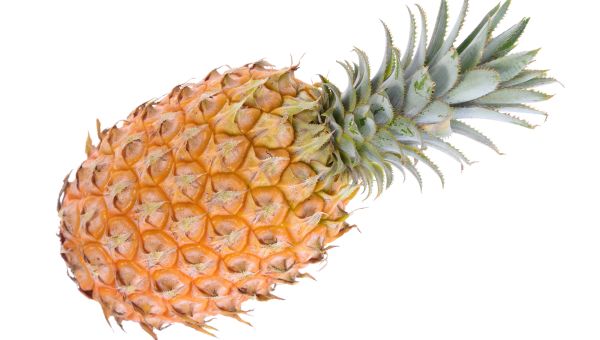
Size at 33 Weeks: Pineapple
Key developments: The brain and nervous system are now fully formed. The bones in the skeleton are becoming harder, too, although the skull still needs to remain flexible to facilitate passage through the birth canal.
What you need to know: Your walk may have turned into a waddle, and it may feel impossible to find a comfortable position to relax. Low back pain that is persistent is probably typical pregnancy back pain. But if you experience back pain that comes and goes in a regular pattern, you may be in labor, Luck says. Tell your HCP about these symptoms.

Size at 34 Weeks: Cantaloupe
Key developments: Cheeks and legs are getting chunky as more fat fills out the body. These fat layers will help control body temperature after birth.
What you need to know: You’re probably feeling more sluggish these days, but it shouldn’t be as intense as it was in the first trimester. You may also notice stretch marks and extra body hair.
You may feel false contractions—typically a few in the morning and a few at night. “Let your doctor know if the contractions are closer than every 15 minutes or if they are consistent for more than an hour,” Luck says.
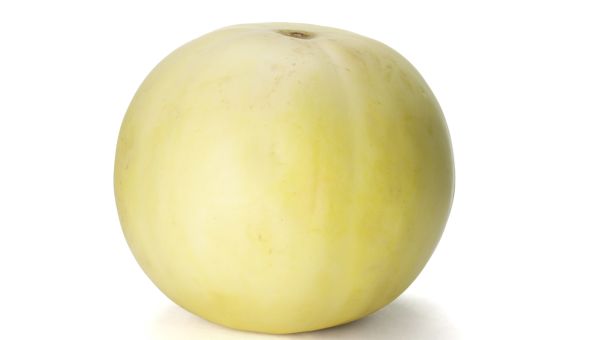
Size at 35 Weeks: Honeydew Melon
Key developments: There’s not much room left in the womb, though that won’t prevent a fair bit of wiggling and kicking. The skin is smoothing out and taking on a chubby appearance.
What you need to know: From this point on, you’ll want to visit your HCP every week. Expect to urinate frequently during these final weeks of pregnancy, as the fetus gets bigger and puts pressure on your bladder, says Luck.

Size at 36 Weeks: Romaine lettuce
Key developments: In addition to shedding lanugo, the waxy, greasy substance called vernix caseosa slides off the skin into the amniotic fluid. The fetus swallows these and they become part of the baby’s first bowel movement (also known as meconium).
What you need to know: The fetus may drop down into your pelvis around this week, especially if it’s your first baby. When this happens, it should ease heartburn symptoms and make it easier for you to breathe.
Your HCP will check for group B strep (GBS) in your vagina and to see if your baby is positioned head down or breech. If it’s a breech situation, your HCP will determine whether or not the fetus can be repositioned. If that’s not possible, your HCP will schedule a C-section, says Luck.
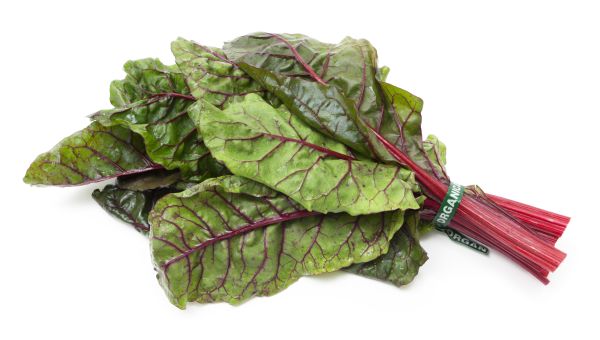
Size at 37 Weeks: A bunch of Swiss chard
Key developments: Key organ development—including heart, muscles, and bones—is complete. A regular sleeping and waking routine is in place as well, in preparation for life outside the womb.
What you need to know: You may notice an increase in vaginal discharge in the last weeks of your pregnancy. If you see a heavier discharge tinged with a small amount of blood or mucous, labor is probably only a few days away.
“Contractions for labor can vary but generally occur every three to five minutes from the beginning of one to the next,” Luck says. If they last for one minute and come every five minutes for an hour, and/or increase in intensity, it’s time to go to the hospital, she adds.
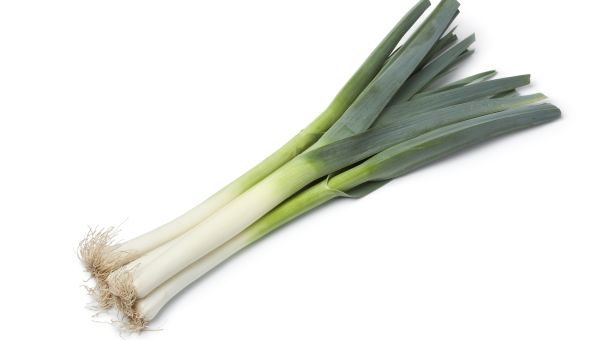
Size at 38 Weeks: The length of a leek
Key developments: Head hair may be thick and fingernails and toenails may soon need clipping.
What you need to know: It’s normal to experience some swelling in your feet or ankles toward the end of pregnancy. But if you develop swelling in your hands and face and have a headache that doesn’t respond to medicine, you should call your HCP immediately, as you may have preeclampsia. “Preeclampsia is a disease only of pregnancy and the only cure is delivery,” Luck says. It causes high blood pressure, vision changes, headaches, swelling of the face and body, and can lead to kidney problems and seizures.
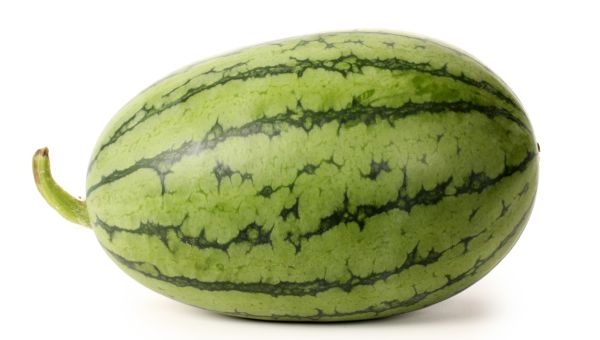
Size at 39 Weeks: Mini-Watermelon
Key developments: You’re full term. It’s quite possible delivery will occur this week. Regular movement of the fetus should continue. If not, contact your HCP right away.
What you need to know: You may experience more noticeable Braxton Hicks contractions as your uterus practices labor. If you feel more consistent contractions or if your water breaks (leakage of amniotic fluid out the vagina), you’re in labor.
“Water breaking is different for every person,” Luck explains. “Some women may feel or hear a pop and others may feel just a trickle that keeps coming.” If you have a discharge that is enough to soak multiple sanitary napkins, call your HCP, she says.

Size at 40 Weeks: Small Pumpkin
Key developments: The bones of the skull are separated so that the baby can fit through the birth canal during labor. During delivery, the skull can become compressed, resulting in a cone-shaped head. This typically does not cause long-term problems. The head will reshape after a few hours or days.
What you need to know: If you don’t go into labor within a week, your HCP may recommend giving you a non-stress test to check on the fetus.
“It’s really common for women to go past 40 weeks,” Luck says. Your HCP won’t let you go past 42 weeks and will probably talk to you about induction (stimulating contractions in the uterus, which can help get labor started) between weeks 41 and 42.

National Library of Medicine. MedlinePlus. Fetal development. Review date July 13, 2021.
Mayo Clinic. Pregnancy week by week. High-risk pregnancy: Know what to expect. January 18, 2022.
Cleveland Clinic. Fetal Development: Stages of Growth. Last reviewed April 16, 2020.
Public Health England. Week-by-week guide to pregnancy. Accessed November 16, 2022.
Mayo Clinic. Pregnancy week by week. Fetal development: The 3rd trimester. June 3, 2022.
BabyCenter. Pregnancy Week by Week. Accessed November 16, 2022.
Parents. How Big Is My Baby This Week? Here’s a Baby Fruit Size Chart. Updated on May 17, 2022.
Mayo Clinic. Preeclampsia. April 15, 2022.
Mount Sinai. Preeclampsia. Accessed November 16, 2022.
More On


video

article

slideshow


video


video
